Productive, inventor and genius Albert Einstein changed the world with his work…
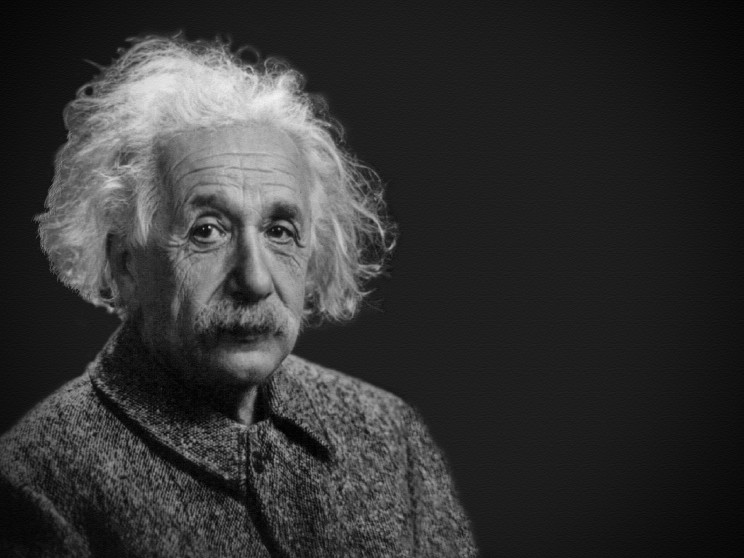
Albert Einstein is considered a genius and one of the world’s greatest thinkers. Although not known for inventions, Einstein’s theories and ideas continue to have an impact today, as with Thomas Edison or Nikola Tesla.
He spent most of his life researching the theories of relativity, space, time, matter and energy.
When we think back to this innovative genius, some of Albert Einstein’s most important achievements and theories, and even 7 of the most important…
1. Quantum Theory of Light
Einstein developed the quantum theory of light, stating that light consists entirely of tiny energy packets called photons. Here, by introducing a completely new idea that photons are also particles; He proposed that photons have wave-like properties.
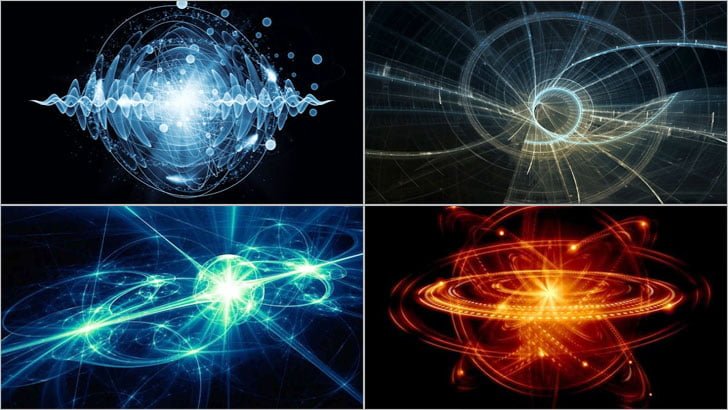
He also spent some time figuring out the outlines of the propagation of electrons from metals, as they occur with large electrical impulses like lightning. He developed his theorem on the concept of the “photoelectric effect”, which we will discuss later in this article.
2. The Special Theory of Relativity
In Einstein’s work, he began to notice the inconsistencies of Newtonian mechanics with his understanding of electromagnetism, specifically Maxwell’s equations. In a paper published in September 1905, he proposed a new idea about the mechanics of objects approaching the speed of light.
This concept became known as Einstein’s “Special Theory of Relativity” and changed the understanding of physics.
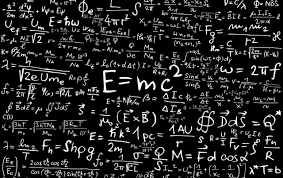
The Special Theory of Relativity can be a bit difficult to understand, but we’ll reduce it to a simple case.
Einstein started with the understanding that light always travels at a constant speed of 300,000 km/s, and asked what our ideas of time and space would be if it did? If you fire a laser at something that moves half the speed of light, the laser beam still holds that steady and doesn’t last one and a half times the speed of light.
So he realized that our measuring the distance between objects must be wrong, or that the time taken to go that distance was greater than expected.
Einstein realized that the answer was both. Space and time expand as objects move. Your movement in space; determined that it can also be thought of as a movement over time. Basically, space and time affect each other, both are relative concepts related to the speed of light.
3. Avogadro Count
If you’ve taken chemistry class, you probably remember, or at least do, remember the Avogadro number.
While trying to explain Brownian motion, the disorderly motion of particles in a fluid, Einstein also determined the expression of the Avogadro number in terms of measurable quantities.
All this meant that scientists had a way of determining the mass, or molar mass, of an atom for each element in the periodic table.
4. Bose-Einstein Condensation
In 1924, Einstein sent a paper to a physicist named Satyendra Nath Bose. In this paper, he detailed a method of thinking of light as a gas filled with indistinguishable particles.
Einstein worked with Bose to extend this idea to atoms, where he predicted a new state of matter (solid, liquid, gas) “Bose-Einstein Condensation.” The first example of this state was produced in 1995.
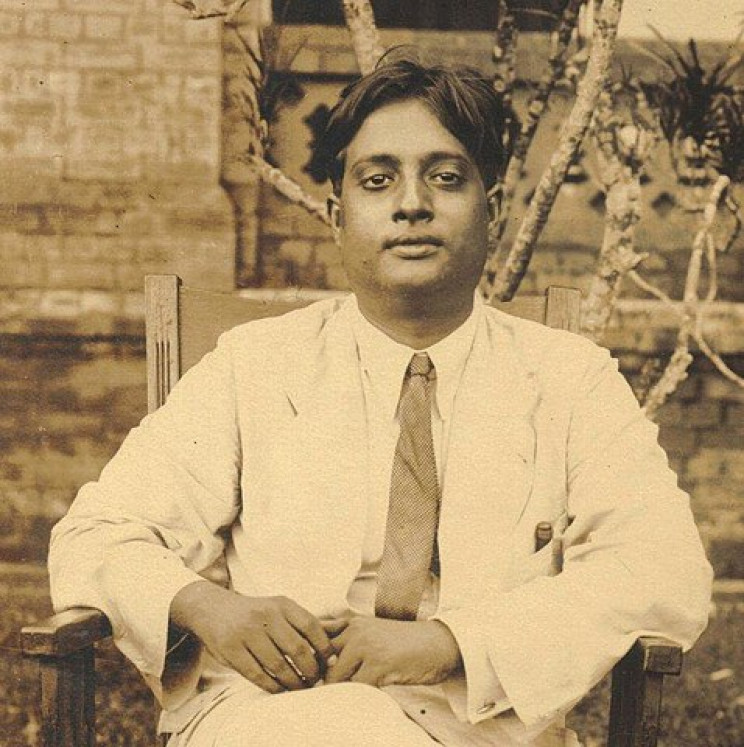
A Bose-Einstein condensate is essentially a group of atoms cooled very close to absolute zero. When this temperature is reached, the atoms barely move relative to each other. They begin to clump together and enter exactly the same energy states. This means that, from a physical point of view, the group of atoms behaves as if it were a single atom.
5. General Theory of Relativity
In 1916, Einstein published his General Theory of Relativity. This theorem generalizes the concepts of Special Relativity and Newton’s Law of Universal Gravitation, which describe gravity as a property of space and time. This theory has helped our understanding of how the large-scale structure of the universe is established.
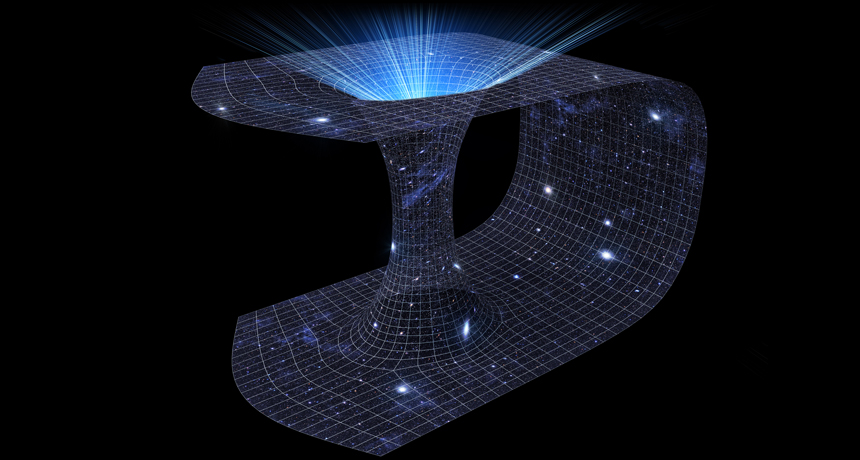
The General Theory of Relativity can be explained as follows:
Newton helped science to be able to measure the gravity between two objects as the pull of each other, no matter how big they are or how far apart they are.
Einstein determined that the laws of physics remained constant for all non-accelerating observers, that the speed of light was constant regardless of how fast the observer was traveling. He found that space and time are intertwined, and events that occur at one time for one observer may be at a different time for the next.
This led him to discover the theory that large objects in space could distort space-time.
Einstein’s predictions have helped modern physicists study and understand black holes and gravitational lensing.
6. Photoelectric Effect
Einstein’s theory of the Photoelectric Effect explained electron emissions from metals when light shines, as we said earlier. Scientists have observed this phenomenon and have been unable to reconcile this finding with Maxwell’s wave theory of light.
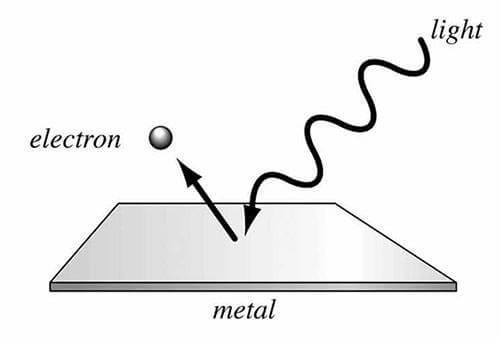
His discovery of photons helped to understand this phenomenon. He theorized that when light hits an object, there is an emission of electrons, which he considered a photoelectron.

This model was the basis for how solar cells work—light causes atoms to release electrons, which generates a current and then generates electricity.
7. Wave-Particle Duality
Einstein’s research into the development of quantum theory was some of the most influential results he has ever achieved. Throughout his career, Einstein insisted that light should be treated as both a wave and a particle. In other words, he said, photons can act like particles and waves at the same time, and this has come to be known as the “wave-particle duality.”

We must consider all of Einstein’s “theorems” in the light of their implications. His work advanced modern quantum mechanics, the model of physical time, the understanding of light, solar panels, and even modern chemistry, and Einstein clearly influenced our understanding of physics as we know it today.
Source: Interesting Engineering
…

